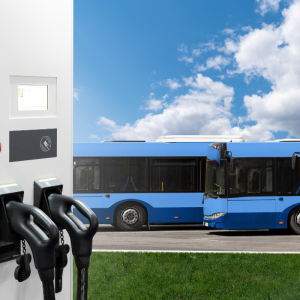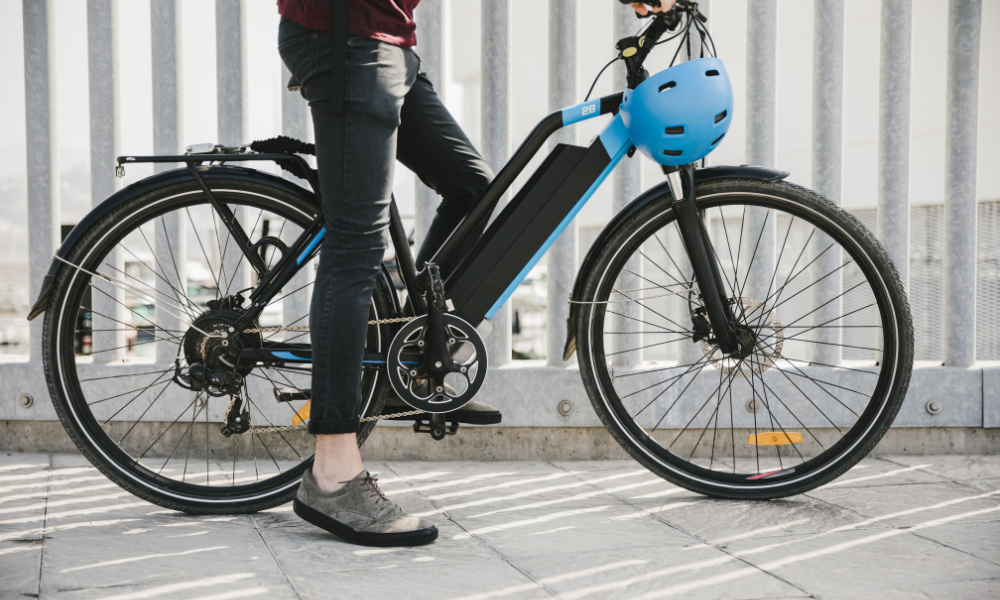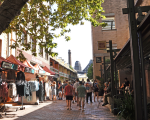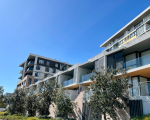A City on the Move Towards Sustainability
Sydney has always been a city defined by its movement. From the bustle of Circular Quay ferries to the traffic streams on the Harbour Bridge, the way people travel shapes the rhythm of the city. In 2025, that rhythm is changing. More than ever, Sydney is leaning into eco-friendly transport, with initiatives designed to reduce emissions, ease congestion and help locals and visitors move around in cleaner and smarter ways.
The city’s leaders, together with community groups and private operators, are investing in sustainable alternatives. E bikes are becoming a common sight on Sydney’s streets, new electric buses are rolling out in suburbs, and ferries are being refitted with hybrid engines. These changes are more than just upgrades. They signal a long term shift towards a greener urban lifestyle that matches Sydney’s environmental ambitions.
The Rise of E Bikes Across Sydney
One of the most visible changes has been the rapid adoption of e bikes. A decade ago, cycling in Sydney was largely limited to enthusiasts and fitness lovers. Today, e bikes have opened up cycling to a much wider audience. Workers are using them for daily commutes, parents are taking kids to school on cargo e bikes, and tourists are hiring them to explore coastal tracks and parklands.
The city has invested heavily in bike lane infrastructure, making it easier and safer for cyclists to get around. Dedicated cycling paths now connect inner city neighbourhoods with business districts, while new routes along the harbour foreshore have become popular both for commuting and leisure.
E bike sharing schemes have also grown in popularity. Companies are expanding their fleets to meet demand, and many residents find the pay per ride model a practical alternative to owning a car. With battery ranges improving, riders are now able to travel longer distances, making cycling a viable option even for those living further out.
Electric Buses Transforming the Suburbs
 Sydney’s suburban sprawl has always made buses one of the most important transport services. Until recently, the reliance on diesel powered buses contributed heavily to urban pollution. The city has now set ambitious targets to electrify its bus fleet, aiming to replace thousands of diesel vehicles with electric models within the next decade.
Sydney’s suburban sprawl has always made buses one of the most important transport services. Until recently, the reliance on diesel powered buses contributed heavily to urban pollution. The city has now set ambitious targets to electrify its bus fleet, aiming to replace thousands of diesel vehicles with electric models within the next decade.
Several suburbs are already seeing the benefits. Electric buses are quieter, smoother, and produce zero tailpipe emissions. For residents living on busy bus routes, this shift means cleaner air and less noise outside their homes. For passengers, the experience is more comfortable, and the growing number of electric bus routes ensures better accessibility to sustainable travel.
The government is partnering with international manufacturers to deliver these vehicles while also supporting local jobs by building charging depots and maintenance facilities. The rollout is more than just about transport. It is part of a broader push to future proof Sydney against the challenges of climate change.
Hybrid and Electric Ferries on the Harbour
Few images are as iconic as Sydney Harbour ferries crossing the water against the backdrop of the Opera House. These ferries are more than a tourist attraction. They are an essential part of Sydney’s daily transport network. Until recently, however, they were also significant contributors to emissions.
In 2025, Sydney will introduce hybrid ferries that combine traditional engines with electric propulsion. These vessels cut fuel consumption and reduce pollution in the harbour. Over the next few years, fully electric ferries are planned to replace some of the older fleet.
These changes are already noticeable to regular commuters. Hybrid ferries are quieter and create less disturbance to marine life. Passengers are also embracing the cleaner image, with many describing the new rides as smoother and more modern. By updating this historic mode of transport, Sydney is showing that even long standing traditions can adapt to a greener future.
Trains and the Push for Renewable Energy
Sydney’s rail network has long been the backbone of public transport. While trains already offered a more sustainable option compared to cars, the city has taken further steps by powering much of the network with renewable energy. Large solar projects and wind farms across New South Wales are feeding clean power into the grid, reducing the overall carbon footprint of rail travel.
The construction of new Metro lines has also been designed with efficiency in mind. Driverless electric trains, energy efficient stations and improved ventilation systems all contribute to a more sustainable rail system. These investments are not just for the next few years. They are intended to support the city for decades to come.
The Role of Technology in Greener Travel
Transport in Sydney is not only becoming cleaner but also smarter. Apps now allow commuters to plan routes that combine different eco-friendly options such as trains, buses, bikes and ferries. Real time updates on public transport availability help reduce waiting times and encourage more people to use sustainable modes.
Car sharing platforms have also embraced electric vehicles. Residents without private cars can now hire EVs for short trips, reducing the need for individual ownership. This flexibility gives people more options to live without relying on petrol vehicles.
As artificial intelligence becomes more integrated into transport planning, traffic congestion is being addressed in new ways. Smart traffic lights and predictive modelling aim to reduce idle times and emissions from cars, while encouraging smoother flows of buses and bikes.
Community Support and Behavioural Change
Eco friendly transport initiatives do not succeed without community buy in. Sydney’s councils and community groups are playing a big role in promoting active and sustainable travel. Local events encourage families to try cycling, while schools are running education programs on the benefits of walking and public transport.
There is also growing awareness about the health benefits of active travel. Walking and cycling not only cut emissions but also improve physical fitness and mental wellbeing. As more people take up these options, Sydney’s streets are becoming more vibrant and social, with less focus on cars and more on people.
Challenges on the Road Ahead
While progress is clear, Sydney still faces challenges. Infrastructure needs ongoing investment, and balancing the demands of cars with bikes and buses can cause tension in busy areas. Electric buses and ferries require significant charging infrastructure, which is costly and time consuming to install.
There is also the challenge of affordability. While e bikes and electric vehicles are becoming cheaper, they are still out of reach for many households. Ensuring that eco friendly transport is accessible to all will be crucial if Sydney is to meet its climate and equity goals.
Looking Towards a Greener Future
Sydney’s new eco-friendly transport initiatives mark an important step in the city’s evolution. By embracing cleaner technologies, improving infrastructure and encouraging behavioural change, the city is setting itself up for a more sustainable and resilient future.
Whether it is commuters riding e bikes through the CBD, families catching a quiet electric bus in the suburbs, or tourists gliding across the harbour on hybrid ferries, these experiences are reshaping the way people connect with the city. The road ahead may present challenges, but Sydney is moving forward with determination, showing how a modern city can embrace innovation while caring for its environment.









